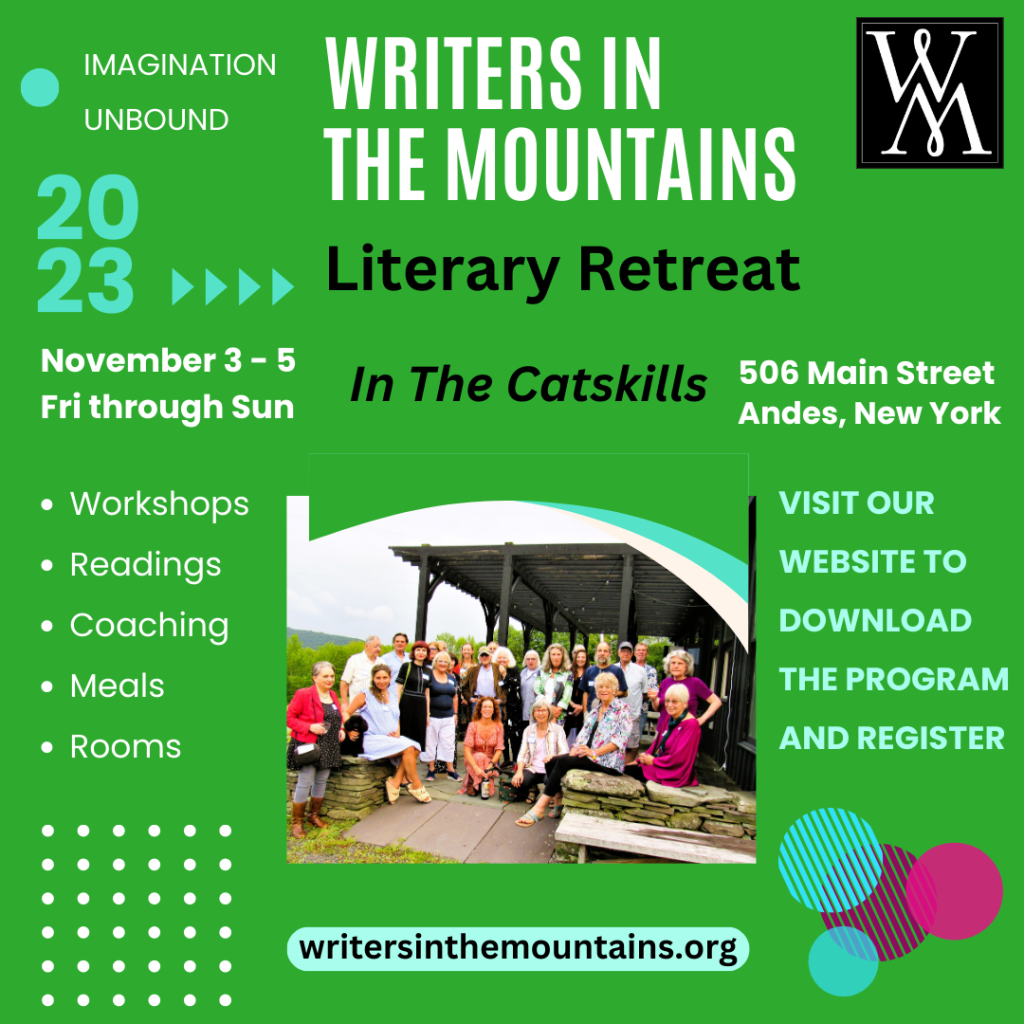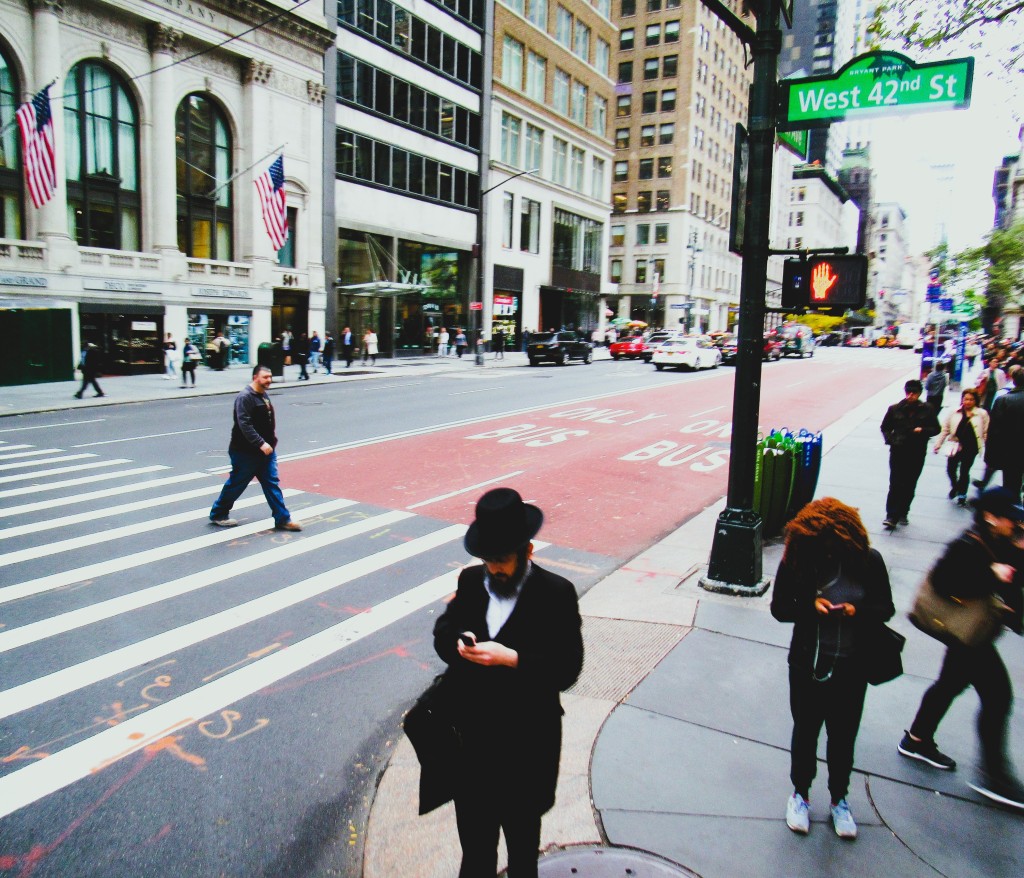
Governor Hochul has announced the winners of the seventh round of the Downtown Revitalization Initiative (DRI) in a series of events highlighting the significance of the DRI program in revitalizing communities across the State.
Launched in 2016, The Downtown Revitalization Initiative (DRI) has been envisioned as “a comprehensive approach to boosting local economies by transforming communities into vibrant neighborhoods where the next generation of New Yorkers will want to live, work and raise a family.”
The 2023 winners are as follows:
- New York City: Long Island City
- Long Island: Kings Park
- Capital Region: Lake George
- Mid-Hudson: White Plains
- Southern Tier: Roxbury
- Mohawk: Herkimer
- Central New York: Cayuga, Aurora, and Union Springs
- Finger Lakes: Waterloo
- Western New York: Tonawanda
- North Country: Lowville
Roxbury is the second municipality in the Catskills to receive a DRI award after Tannersville had been awarded in Round 5.
Having served on the Steering Committee for Roxbury’s DRI application, I emphasize the importance of transformative projects in revitalizing communities.
Home to the renowned Roxbury Motel, Plattekill Ski Resort and historic Shephard Hills Golf Course, the Town of Roxbury builds on the legacy of financier and railroad magnate Jay Gould and naturalist writer John Burroughs. Its two distinctive hamlets of Roxbury and Grand Gorge, situated at the confluence of major corridors along Routes 30 and 23 in the scenic Catskill Mountains, are connected by a passageway alongside the East Branch of Delaware River, and serve a diverse population of full and part-time residents as well as tourists from all over the world. The quaint small-town atmosphere, rich historic character, vibrant creative economy, and abundant outdoor recreational opportunities make the two hamlets an idyllic place to live, work and vacation. The relative proximity to major metropolitan areas enables remote work while at the same time cultivates resiliency and sustainability that builds on a long farming tradition.
The official announcement of the award can be found at https://www.governor.ny.gov/news/governor-hochul-highlights-fy-2025-budget-investments-southern-tier.
You can learn more about Roxbury’s DRI application at https://www.grandgorgeroxburydri.com/.
More information about the Downtown Revitalization Initiative (DRI) is available at https://www.ny.gov/programs/downtown-revitalization-initiative










